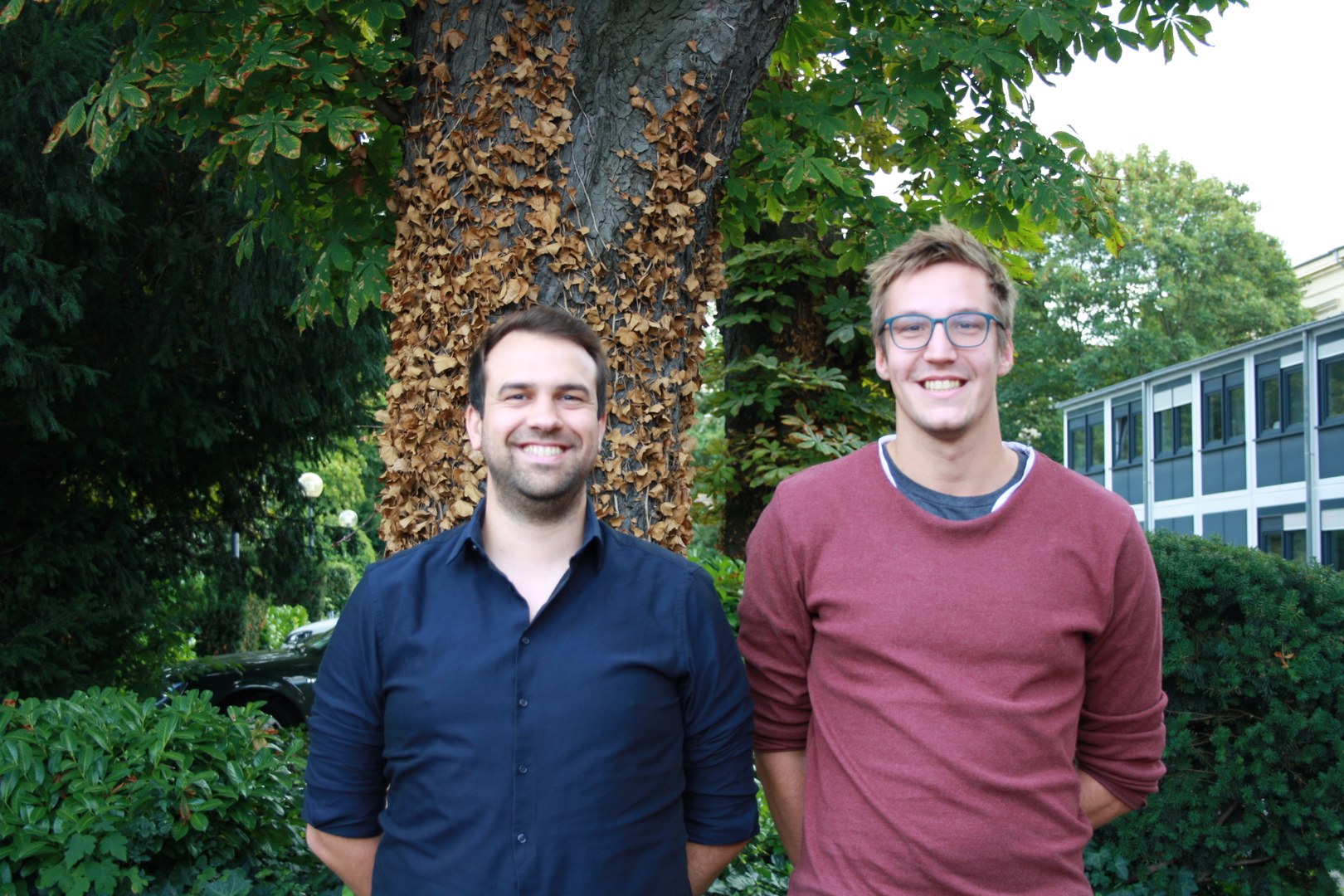Spectroscopy on noble gases in the ground state is a challenging task. The relevant wavelengths are in the VUV regime, where radiation is absorbed already in air. Thus all light has to be guided in vacuum, which also has to host the spectroscopy cell filled with the relvant noble gases under pressures of a a few ten to a hundred bars. To add to this, there are also no powerful excitation sources as e.g. lasers, such that excitation of noble gases is non-trivial. These challenges have been overcome by the team around Eric and Thilo, and we have successfully performed one- and two-photon spectroscopy on Xenon. We have seen efficient excitation using two-photon transitions, which can serve as a pumping scheme to realize a condensate of photons. This is an imprtant step on the way to realize a coherent light source in the VUV regime.
Eric's paper on spectroscopy of Xenon-noble gas mixtures appeared in PRA The Kennard-Stepanov relation has been verified for Xenon-Krypton mixtures
An important step on the way to a photon condensate in the VUV-regime has been taken
To realize a Bose-Einstein condensate of photons in the vacuum-ultraviolet regime (VUV), Xenon is a good candidate, provided its spectral lines are broadened by collisions using a second noble gas. We were able to show that Xenon provides promising transitions, whose upper state can be populated by two-photon transitions. We also were able to verify that the Kennard-Stepanov relation is fulfilled in a a Xeneon-Krypton mixture, a vital ingredient for the realization of a thermal photon gas.


The study was supported by funds from the German Research Society DFG (Grant No. 496090524), Grant No. 422472083 und Grant No. 277625399).
Eric Boltersdorf, Thilo vom Hövel, Jeremy Andrew Morín Nenoff, Frank Vewinger, and Martin Weitz
One- and two-photon spectroscopy with a test of the Kennard-Stepanov relation in high-pressure two-species xenon--noble-gas mixtures
Physical Review A 112, 012811 (2025)
https://link.aps.org/doi/10.1103/m77f-7r1j
